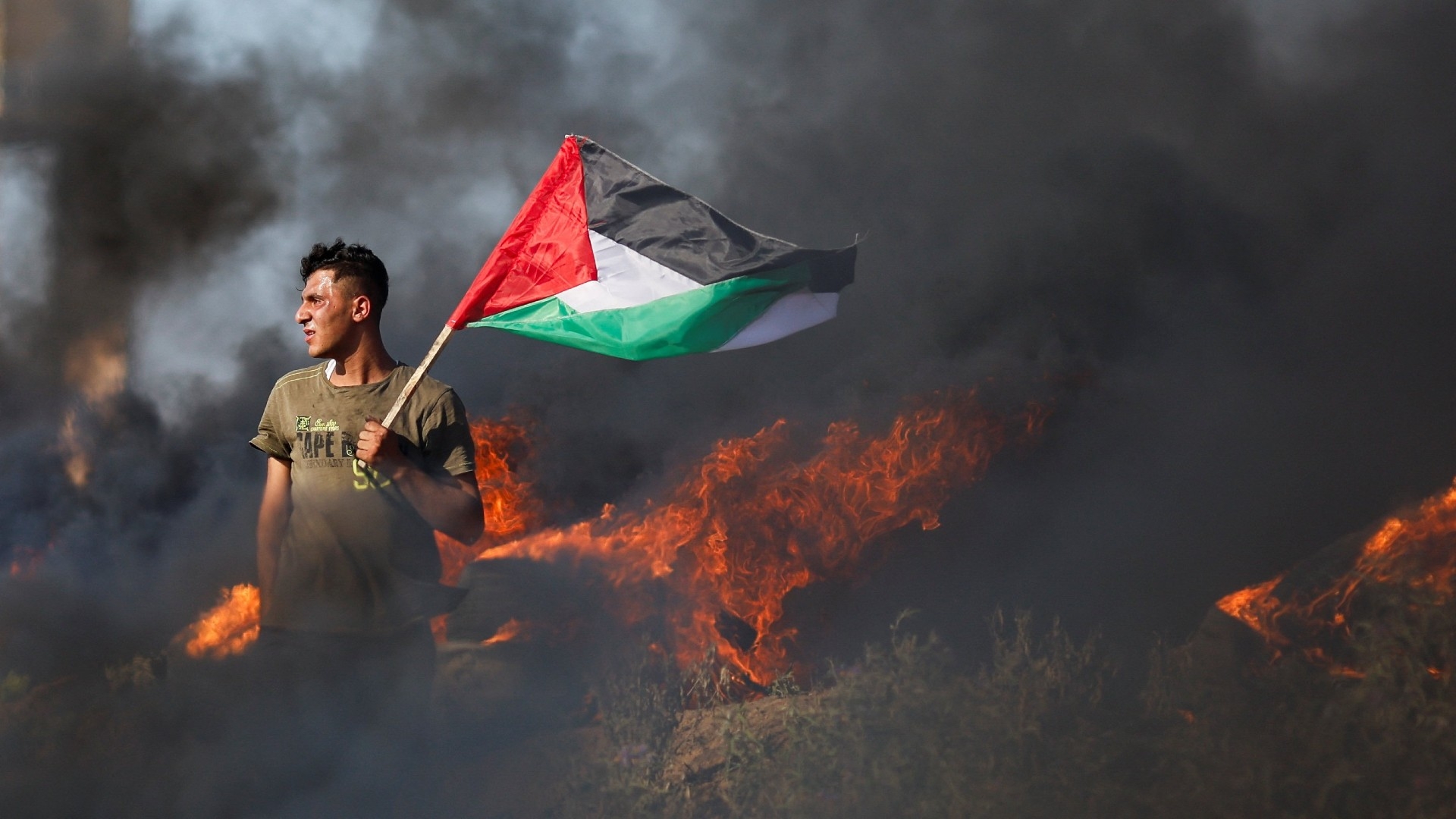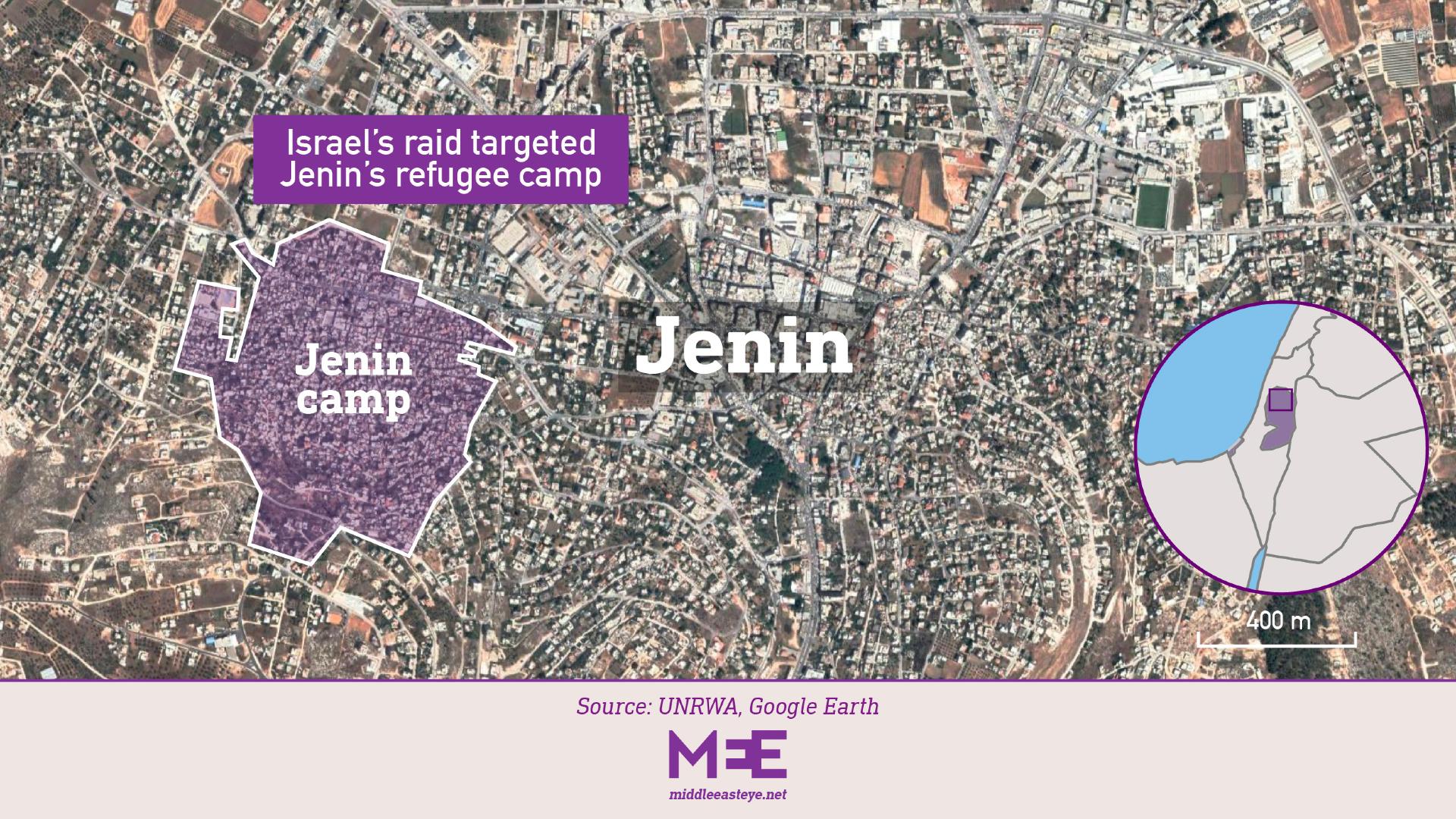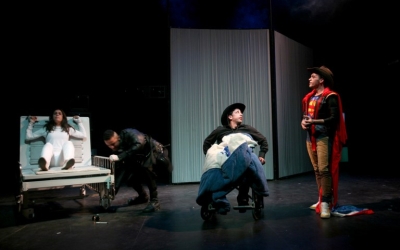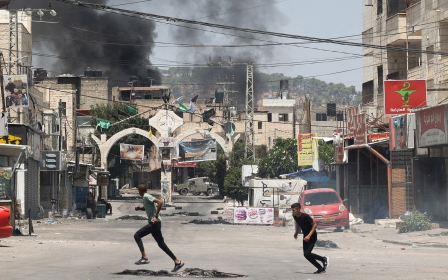Jenin refugee camp: A symbol of resistance and resilience in the West Bank

The streets of the Jenin refugee camp are lined with posters honouring Palestinians killed by Israeli forces. The images, both of young and old, serve as a constant reminder of the price this Palestinian city pays for its resistance.
For more than two decades, the camp, which sits in the eponymous West Bank city of Jenin, has become a focus of international attention and a stronghold of Palestinian determination to defy Israeli occupation.
For the past two years, Israel has increased deadly raids on Jenin, killing more than 100 Palestinians there since 2022.
Israel's latest assault on the refugee camp, which started on Monday, has left residents shocked by the sheer level of destruction left in its wake.
During the latest Israeli operation, more than 4,000 Palestinians have been forced to flee their homes. At least 11 people have been killed, more than 100 others wounded and countless homes have been destroyed.
On 11 May 2022 Shireen Abu Akleh, a Palestinian-American journalist at Al Jazeera Arabic, was shot dead by Israeli forces while covering an Israeli military operation in Jenin.
Legacy of displacement
In recent years, the Jenin refugee camp has been turned into a fortress. Most people trying to get in and out are faced with Israeli-installed steel barriers, concrete checkpoints and security cameras.
The Jenin camp was established in 1953 by the United Nations agency for Palestine refugees (UNRWA) to accommodate Palestinians displaced during the 1948 war which established the State of Israel. Its population was among more than 700,000 Palestinians forced from their homes by Zionist militias.
The camp covers an area of approximately 0.42 square kilometres on the edge of Jenin.
Initially designed as a temporary settlement, its inhabitants have endured generations of hardship and for many it has become their permanent home.
Throughout its history, the Jenin refugee camp has faced numerous challenges, ranging from limited infrastructure and overcrowding to restricted access to basic services, largely as a result of the ongoing Israeli occupation.
As the camp's population has grown over the years, poor living conditions and strained resources caused by overcrowding have made daily life difficult for its inhabitants.
The lack of adequate housing, proper sanitation facilities, and reliable electricity supply also presents daily challenges for Palestinian residents.
UNRWA says it is currently home to more than 23,000 registered Palestinian refugees with some 7,000 being children under the age of 18.
Struggling against the odds
Despite these enduring hardships, Palestinians in the camp have sought to organise themselves to provide its people with education and personal development.
One notable example of empowerment within the camp is the Freedom Theatre, which was established in 2006.
The theatre became a symbol of artistic resistance, providing a space for cultural expression, theatre productions and education, although its founder Juliano Mer-Khamis was murdered in 2011.
It has also enabled the younger generation to channel their energy and creativity into meaningful endeavours, fostering a sense of hope and resilience.
The refugee camp has also become a stronghold of Palestinian resistance to the Israeli occupation.
For Palestinians, the camp has won a reputation for being the “martyrs' capital” due to the number of people killed by Israeli forces.
The residents of the camp participated in the First Intifada during the 1980s and early 1990s, and the subsequent Second Intifada during the early 2000s.
International attention
During the Second Intifada, the Jenin refugee camp gained international attention when it became a site of intense conflict between Israeli forces and Palestinian militants.
For Israel the refugee camp has been a thorn in the side of the occupation for decades.
In 2002 Israel launched a full-on assault on the refugee camp claiming it served as a launching pad for resistance activities.
The Israeli army deployed significant forces against well dug-in Palestinian fighters. Fighting lasted for almost 11 days in which at least 23 Israeli soldiers and 52 Palestinians were killed, according to the UN.
According to Human Rights Watch, Israel killed at least 22 Palestinian civilians and a further 27 Palestinian fighters. Hundreds of Palestinian homes were destroyed in the assault.
Israel has stated its expressed aim was to capture or kill Palestinian militants.
Middle East Eye propose une couverture et une analyse indépendantes et incomparables du Moyen-Orient, de l’Afrique du Nord et d’autres régions du monde. Pour en savoir plus sur la reprise de ce contenu et les frais qui s’appliquent, veuillez remplir ce formulaire [en anglais]. Pour en savoir plus sur MEE, cliquez ici [en anglais].






